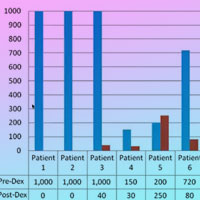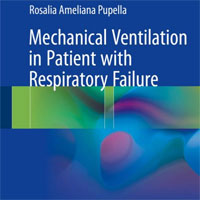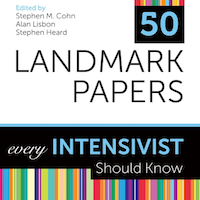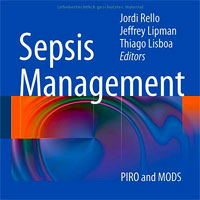Tag: mechanical ventilation
Association of Antibiotic Treatment with Outcomes in Patients Hospitalized for an Asthma Exacerbation Treated with Systemic Corticosteroids
Antibiotic therapy may be associated with a longer hospital length of stay, higher hospital cost, and similar risk of treatment failure. These results highlight the need to reduce inappropriate antibiotic prescribing among... read more
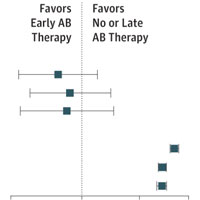
Score for Predicting Ventilator Weaning Duration in Patients With Tracheostomies
A score derived from ventilator settings may help clinicians predict the timing of ventilator liberation in patients requiring prolonged mechanical ventilation. Of 372 patients, 72% were liberated from mechanical ventilation.... read more
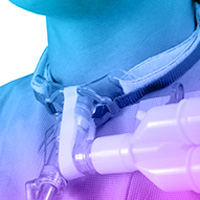
Artificial Intelligence in the ICU
ICU doctors are often required to analyse large volumes of complex, heterogeneous data to make life-critical decisions. Artificial Intelligence (AI), if used effectively, could reduce this burden by transforming data into... read more

The Benefit of Lung-Protective Ventilation in the ED
Intubation and mechanical ventilation are commonly performed ED interventions and although patients optimally go to an ICU level of care afterwards, many of them remain in the ED for prolonged periods of time. It is widely... read more
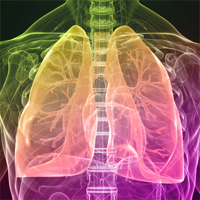
ICU Costs Higher for Patients Dying Before Discharge
The high cost of critical care has engendered research into identifying influential factors. However, previous studies have not considered patient vital status at ICU discharge. This is what a new study has found: The largest... read more

Immediate interruption of sedation compared with usual sedation care in critically ill postoperative patients
This trial provides evidence that a strategy of avoiding continuous sedation as early as possible, in the absence of residual neuromuscular blockade and hypothermia, compared with usual sedation care, resulted in improvements... read more
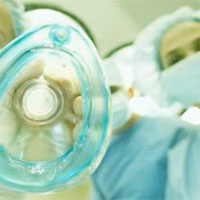
Interventions to Improve the Physical Function of ICU Survivors
ICU admissions are ever increasing across the United States. Following critical illness, physical functioning (PF) may be impaired for up to 5 years. We performed a systematic review of randomized controlled trials evaluating... read more

Caring for Critically Ill Patients with the ABCDEF Bundle
ABCDEF bundle performance showed significant and clinically meaningful improvements in outcomes including survival, mechanical ventilation use, coma, delirium, restraint-free care, ICU readmissions, and post-ICU discharge... read more
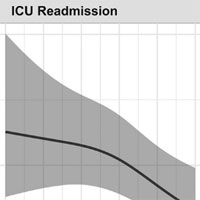
Epidemiology of Mechanically Ventilated Patients Treated in ICU and non-ICU Settings in Japan
A large proportion of Japanese patients on mechanical ventilation (MV) were treated in non-ICU settings. Analysis of administrative data indicated preliminary that hospital mortality rates in these patients were higher in... read more

Association of Driving Pressure With Mortality Among Ventilated Patients With ARDS
Our study confirmed an association between higher driving pressure and higher mortality in mechanically ventilated patients with acute respiratory distress syndrome (ARDS). These findings suggest a possible range of driving... read more
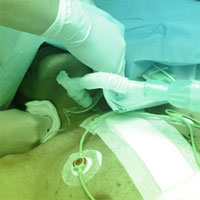
Delirium in Critical Illness: Haloperidol vs Ziprasidone?
Delirium is defined as an acute disorder of consciousness which can occur in up to 80% of mechanically ventilated ICU patients. This acute cognitive dysfunction is associated with prolonged hospital stay, increased mortality,... read more

Ketamine Continuous Infusion: A Reasonable Alternative to Traditional Sedatives and Analgesics?
Propofol, dexmedetomidine, and opioids are commonly used for patients requiring continuous sedation or analgesia, such as for those receiving mechanical ventilation. Although these medications are generally safe, some may... read more
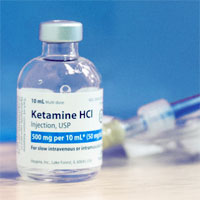
Transient Systolic Anterior Motion with Junctional Rhythm After Mitral Valve Repair in the ICU
This case report shows that junctional rhythm can cause deterioration of SAM, LVOTO, and MR, and can lead to unstable hemodynamics in a patient with right ventricular failure after MVR. Atrial pacing can resolve SAM, LVOTO,... read more
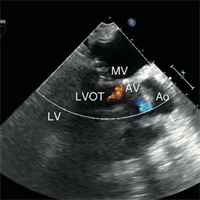
Improving Hospital Survival and Reducing Brain Dysfunction at Seven California Community Hospitals
The evidence-based ABCDEF bundle was successfully implemented in seven community hospital ICUs using an interprofessional team model to operationalize the Pain, Agitation, and Delirium guidelines. Higher bundle compliance... read more

Can probiotics be an alternative to chlorhexidine for oral care in the mechanically ventilated patient?
In this multicentre study, we could not demonstrate any difference between Lp299 and CHX used in oral care procedures regarding their impact on colonisation with emerging potentially pathogenic enteric bacteria in the oropharynx... read more
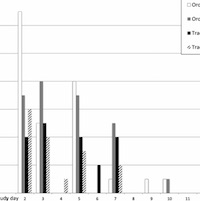
Carbonic anhydrase inhibitors in patients with respiratory failure and metabolic alkalosis
In patients with respiratory failure and metabolic alkalosis, carbonic anhydrase inhibitor therapy may have favorable effects on blood gas parameters. In mechanically ventilated patients, carbonic anhydrase inhibitor therapy... read more
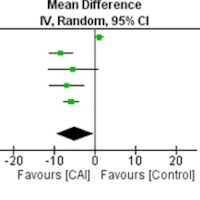
Identifying associations between diabetes and ARDS in patients with AHRF
Diabetes mellitus is a common co-existing disease in the critically ill. Diabetes mellitus may reduce the risk of acute respiratory distress syndrome (ARDS), but data from previous studies are conflicting. The objective of... read more

Electrical Impedance Tomography in ARDS
Acute respiratory distress syndrome (ARDS) is a clinical entity that acutely affects the lung parenchyma, and is characterized by diffuse alveolar damage and increased pulmonary vascular permeability. Currently, computed... read more
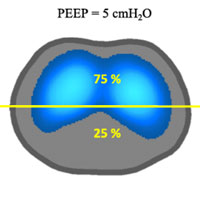
Patterns of Early Crystalloid Resuscitation Provided to Sepsis and Septic Shock Patients
Patterns and Outcomes Associated With Timeliness of Initial Crystalloid Resuscitation in a Prospective Sepsis and Septic Shock Cohort. Crystalloid was initiated significantly later with comorbid heart failure and renal failure,... read more

Imaging platform captures hard-to-track bacterial lung infections in real time
Ahsan Akram and colleagues have created a fluorescent imaging probe that can quickly and accurately detect hard-to-trace Gram-negative bacteria (one of the major bacterial groups) in human lungs within minutes. Their first-in-human... read more

Dopamine Antagonists in ICU Delirium
Perhaps the most vexing problem in a patient in an intensive care unit (ICU) is an unexpected change in mental status. Historically, "acute encephalopathy" was the term used to encompass such alterations, but "delirium" is... read more



